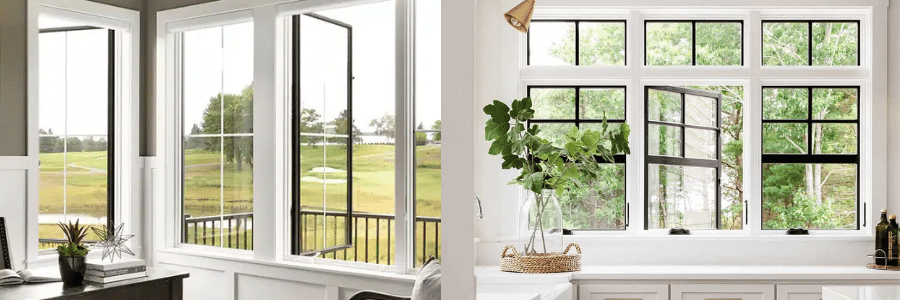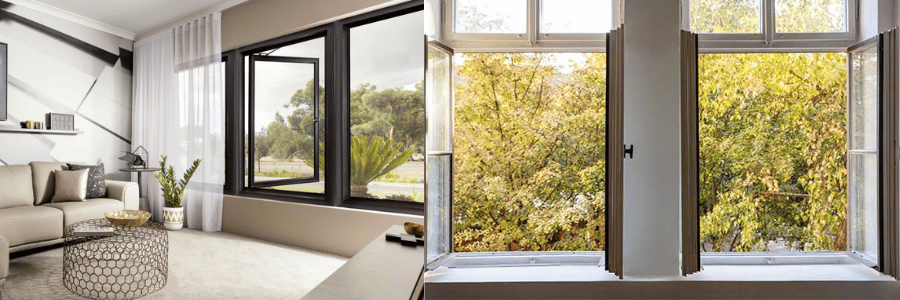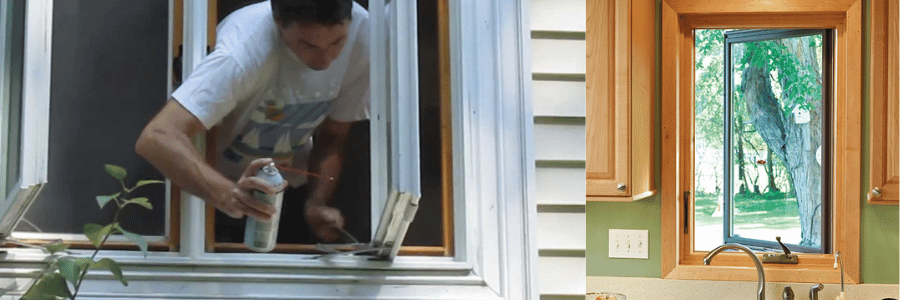Casement windows, with their distinctive side-hinged design, present a compelling blend of aesthetic appeal and practical functionality for homeowners. Their outward-opening style offers a unique set of advantages and disadvantages that significantly impact energy efficiency, ventilation, security, and overall home design. This detailed analysis will explore the nuanced pros and cons of casement windows, providing you with the information needed to make an informed decision about whether they are the right choice for your home improvement project. We’ll delve beyond superficial comparisons, examining the practical implications of these windows in various contexts and climates.

The Advantages of Casement Windows:
- Superior Ventilation: Unlike sliding or double-hung windows, casements open outward, creating a more effective airflow. This is especially beneficial in warmer climates or rooms needing significant ventilation. The full opening allows for a complete exchange of air, making them ideal for naturally cooling your home.
- Energy Efficiency: When properly sealed and installed, casement windows can significantly improve your home’s energy efficiency. Their tight seal prevents drafts and air leaks, reducing energy loss in the winter and keeping cool air inside during the summer. Many modern casement windows also incorporate energy-efficient glass packages.
- Easy to Clean: The outward-opening design makes cleaning the exterior glass a breeze. Simply open the window and reach out to clean both sides from the inside. No more precarious balancing acts or specialized cleaning tools!
- Enhanced Security: Casement windows often feature strong locking mechanisms, providing enhanced security compared to other window types. This added security can be a significant advantage, particularly for ground-floor windows.
- Aesthetic Appeal: Casement windows offer a classic and elegant look that can enhance the curb appeal of your home. Their clean lines and versatile design complement various architectural styles.

The Disadvantages of Casement Windows:
- Limited Opening Space: Depending on the size and placement of the window, the opening may not provide as much access as a sliding or double-hung window. This can be a drawback if you need to frequently access the window for tasks such as cleaning or emergency exits.
- Potential for Damage in High Winds: The outward-opening design can make casement windows vulnerable to damage in strong winds. Make sure to choose windows with robust locking mechanisms and consider the wind conditions in your area.
- Higher Initial Cost: Casement windows may have a higher initial cost compared to some other window types. However, the long-term energy savings and increased security can offset this initial investment.
- Maintenance: While easy to clean, casement windows may require more regular maintenance compared to other window types. The hinges and locking mechanisms need occasional lubrication and inspection to ensure smooth operation.
- Not Suitable for All Locations: Casement windows may not be suitable for all locations within your home. For example, they might not be ideal for areas where space is limited or where there’s a risk of obstruction when fully open.

Conclusion:
The decision of whether to install casement windows ultimately hinges on a careful assessment of your individual needs and priorities. While their superior ventilation and energy efficiency are undeniable assets, factors such as susceptibility to high winds, potential maintenance requirements, and the overall architectural style of your home must be carefully considered. This in-depth analysis has highlighted the key advantages and disadvantages, equipping you to weigh the long-term benefits against the initial investment and potential drawbacks. To ensure the best outcome, consulting with a qualified window professional is highly recommended; they can provide personalized guidance based on your specific location, climate, and home design.
